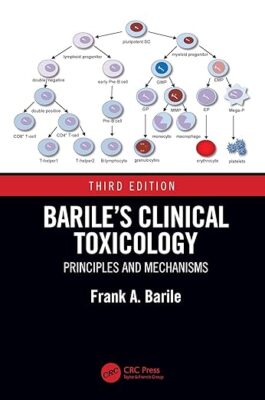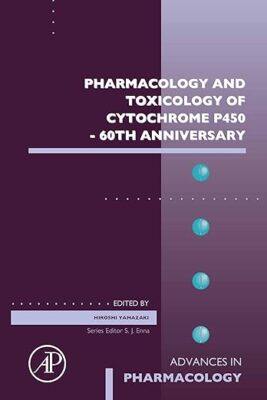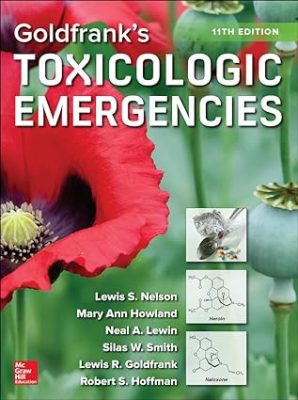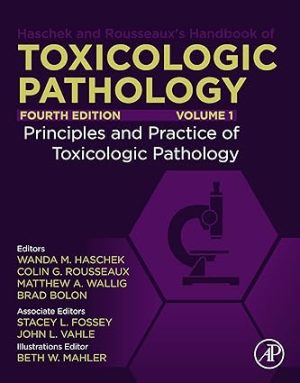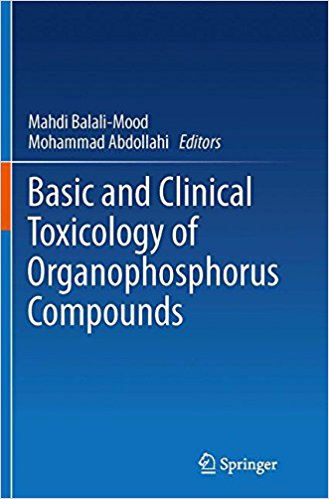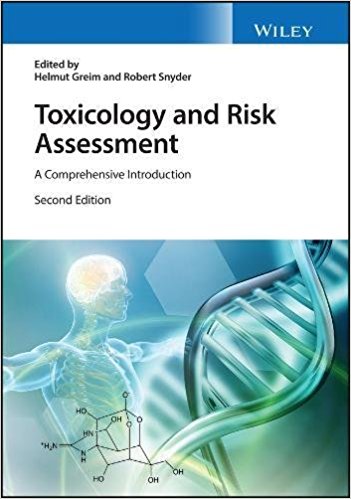Barile’s Clinical Toxicology: Principles and Mechanisms 3rd Edition
As with the two previous editions, Barile’s Clinical Toxicology: Principles and Mechanisms, Third edition, examines the complex interactions associated with clinical toxicological events as a result of therapeutic drug administration or chemical exposure. With special emphasis placed on signs and symptoms of diseases and pathology caused by toxins and clinical drugs, the new edition, examines the complex interactions associated with clinical toxicological events as a result of therapeutic drug administration or chemical exposure. The new edition presents the latest, up-to-date protocols for managing various toxic ingestions, and the antidotes and treatments associated with their pathology. In addition, the effect of toxins on a limited number of body systems and drug-induced adverse drug reactions are also covered.
KEY FEATURES
• Discusses source of the drug or chemical, pharmacological and toxicological mechanisms of action, detection, identification, and treatment
• Examines the complex interactions associated with clinical toxicological events
• Emphasizes the signs and symptoms of diseases and pathology caused by toxins and clinical drugs
• Covers effect of toxins on body systems and drug-induced adverse reactions
• Offers a unique perspective for toxicology, pharmacology, pharmacy and health professions students
The target audience for this book is undergraduate and graduate toxicology students, clinical pharmacy (Pharm.D.) students, emergency medical personnel, regulatory agencies, and other related health science professionals. It satisfies an essential need for a concise yet detailed authoritative, fundamental text addressing the current principles of clinical toxicology.

